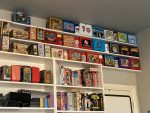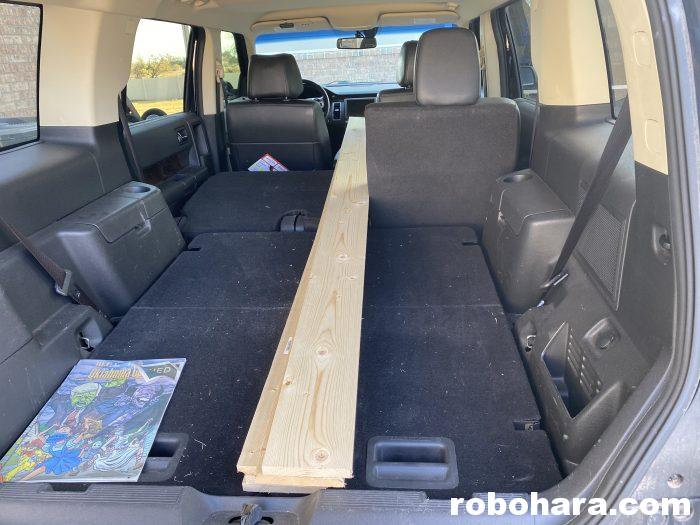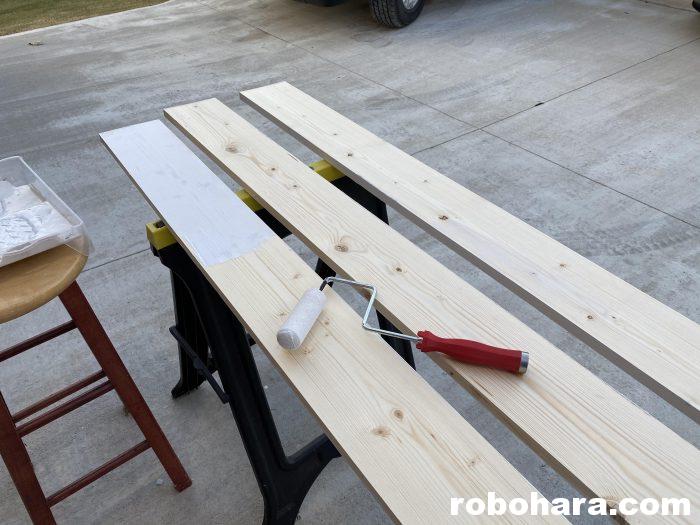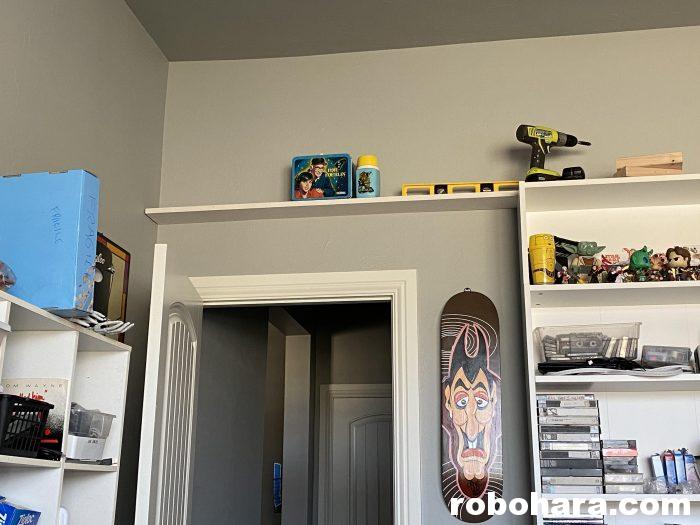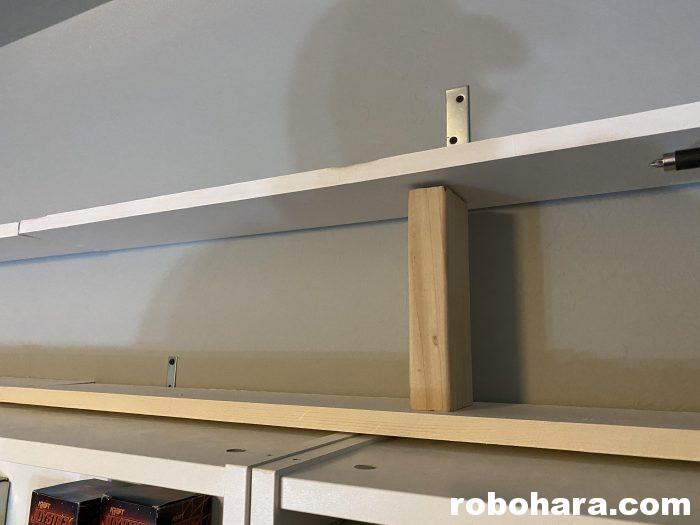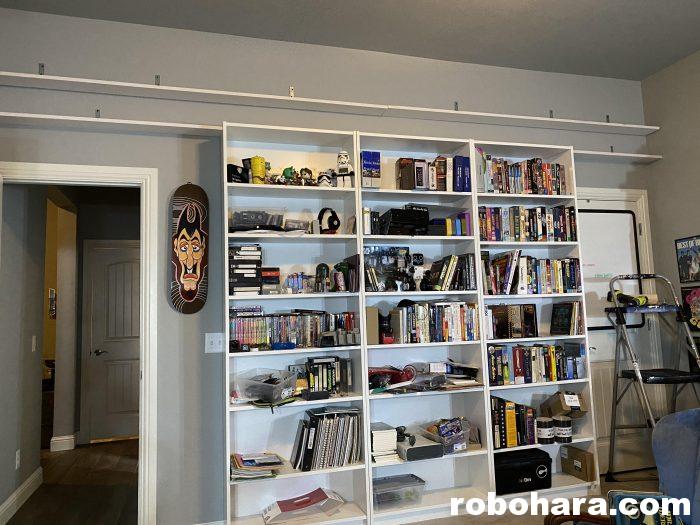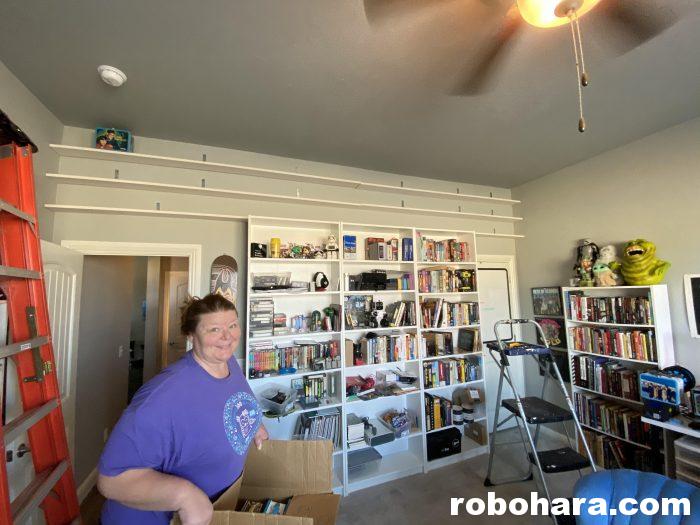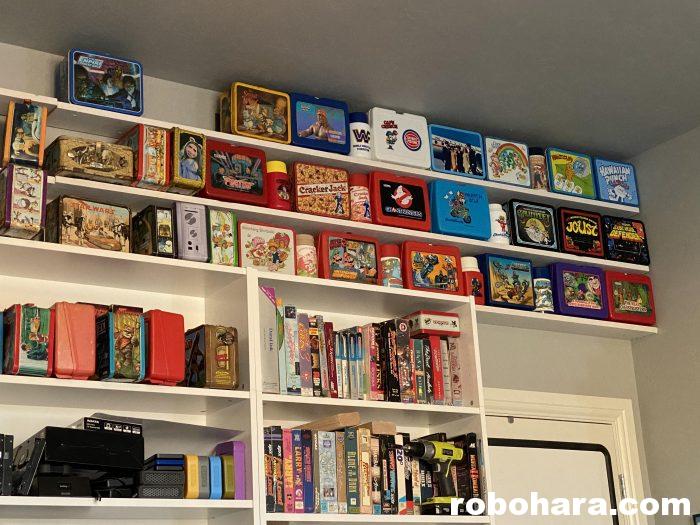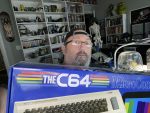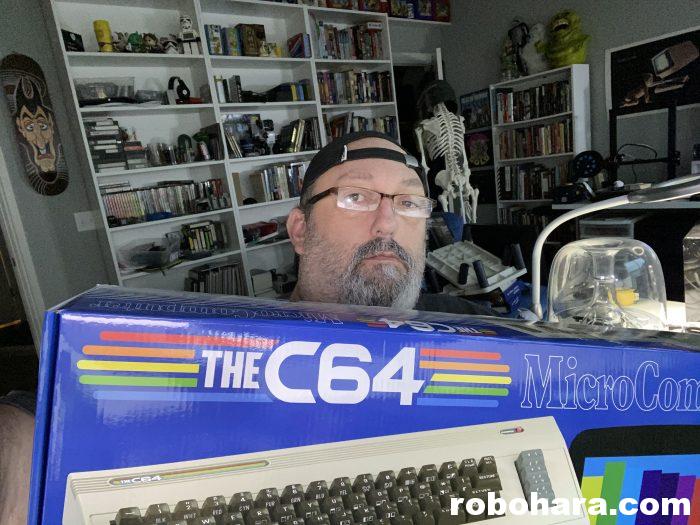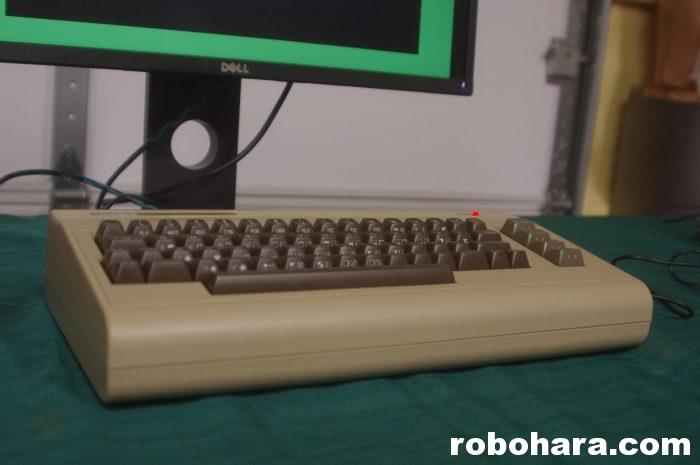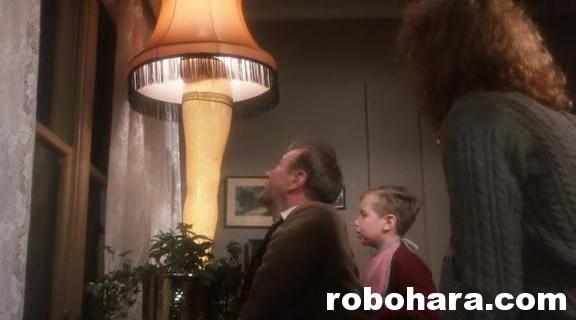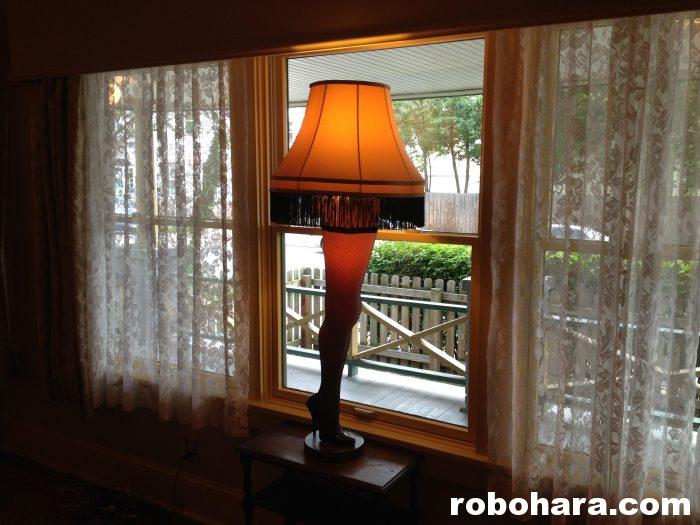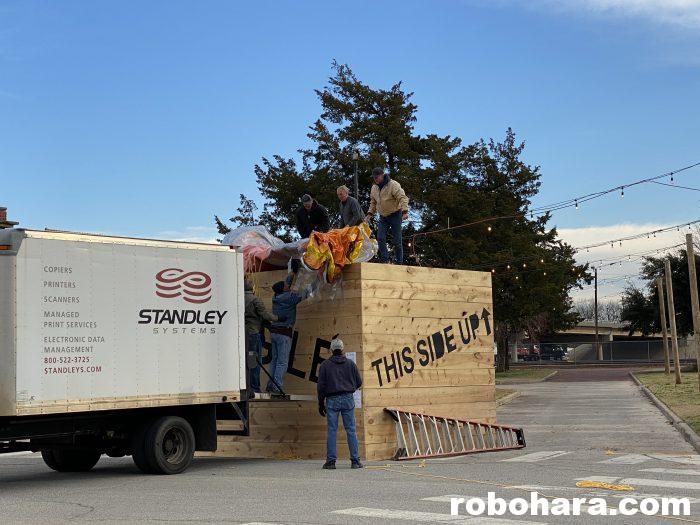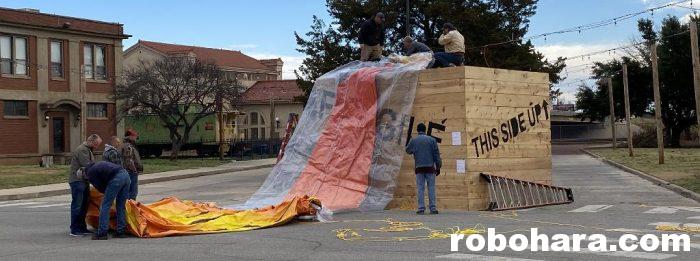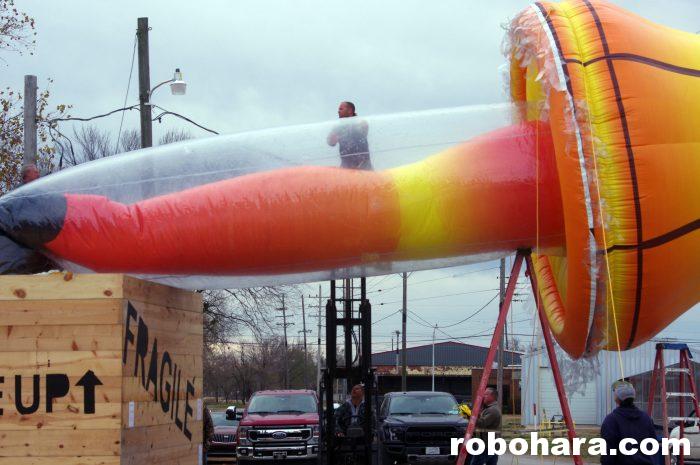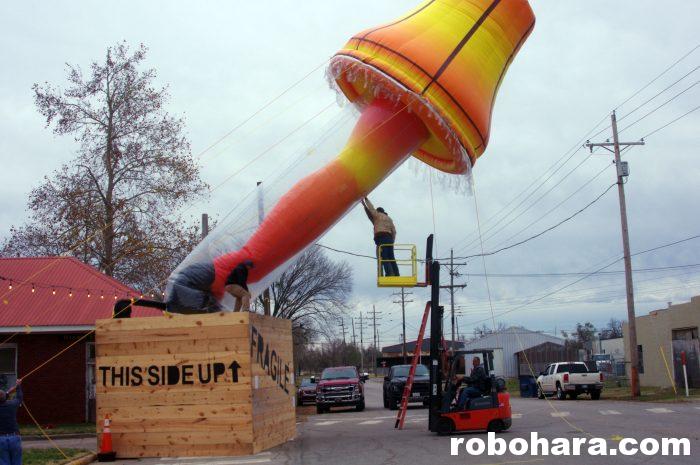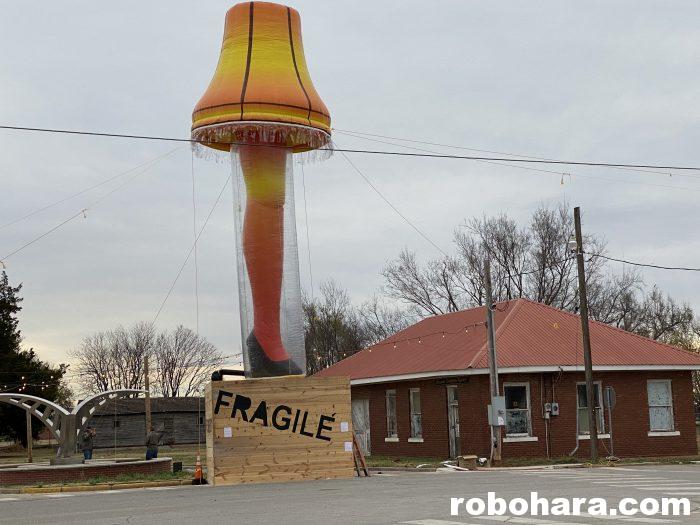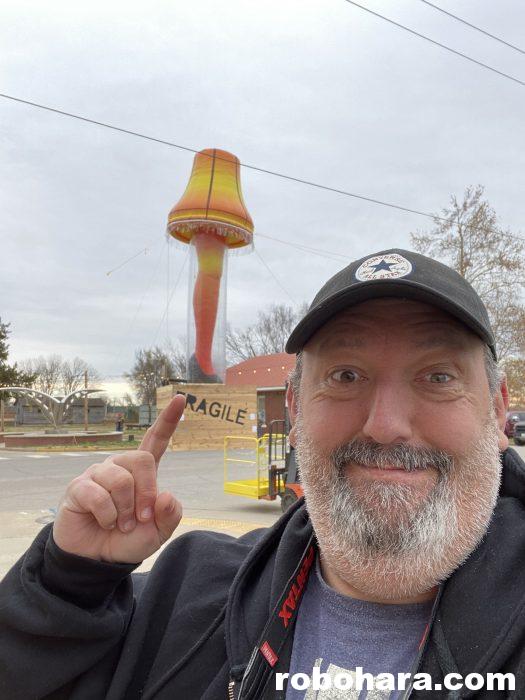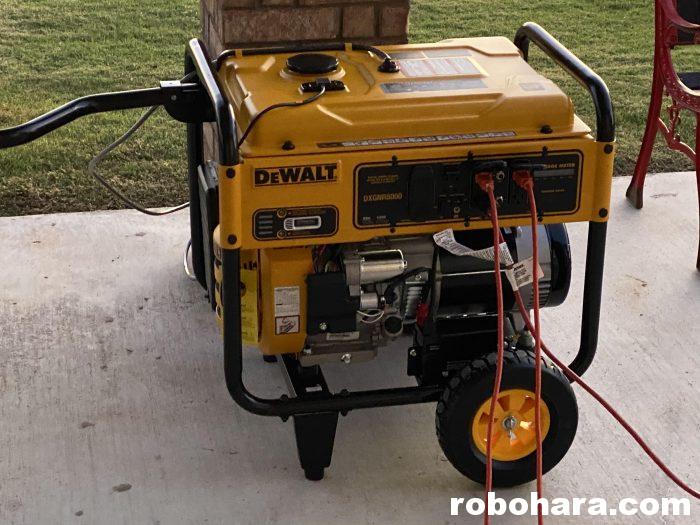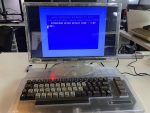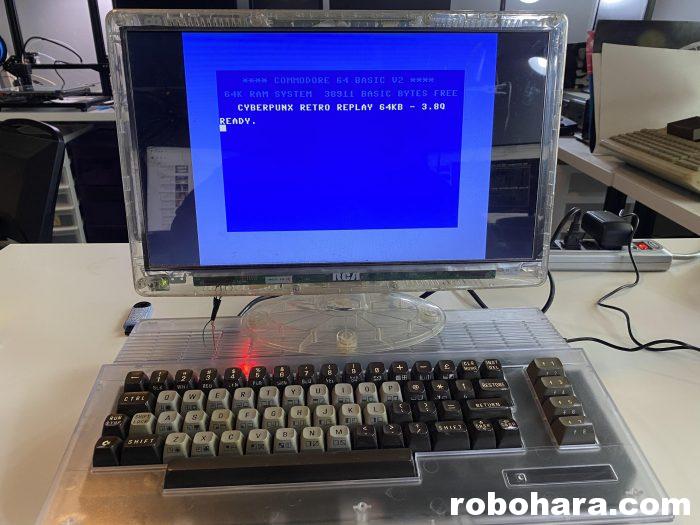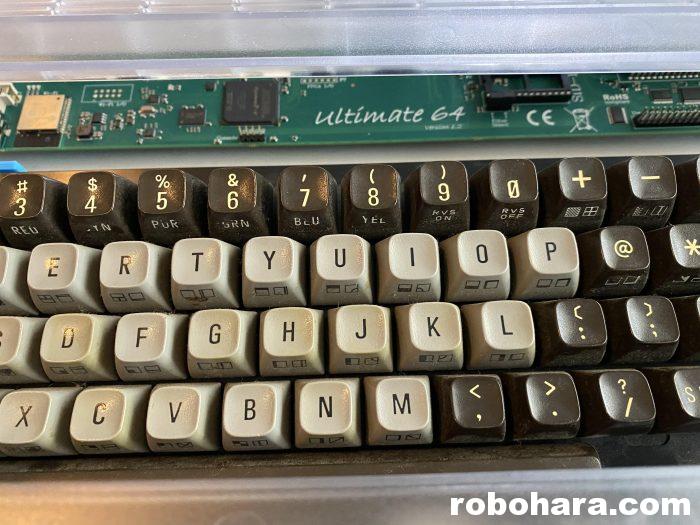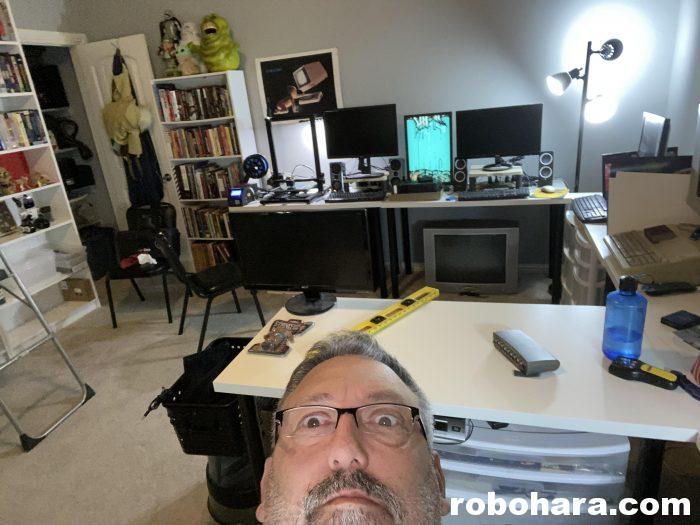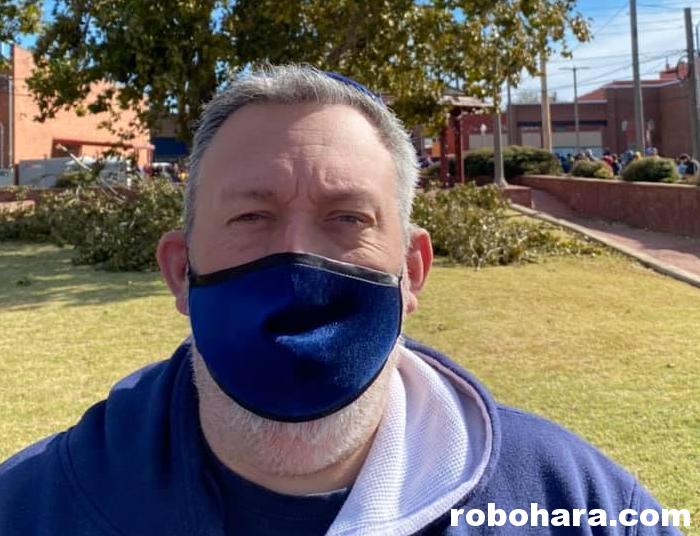
Several years ago I transitioned to posting stories here on RobOHara.com instead of simple blog entries. Blog entries are much simpler to write, mostly because they don’t require a beginning or an ending. They’re like five paragraph themes, without the first or last paragraphs. Story-based articles take longer to write and require more work — not just because they need a beginning and ending, but because, sometimes, you have to figure out exactly where the beginning and the ending are.
On Saturday, October 31, Susan and I decided to beat the rush and vote early, in person. Due to the recent ice storm in central Oklahoma we were without power on Thursday and dealing with the aftermath on Friday, making Saturday the only day we could vote early. That Saturday, our county’s polling location opened at 9 a.m., and so we arrived ten minutes early to (we though) “beat the rush.”
When we arrived, we discovered a line approximately five blocks long. From the front doors, the line stretched half a block south, around the building and an entire block west, another block north, a block east, and another block north before wrapping around another building and ending half a block west. If our plan was to beat the rush, we failed. We took our spot in line behind three people: a husband, wife, and third woman who knew the wife, but not the husband (I think they were coworkers). The man had brought a camping chair, which he was already sitting in. Behind us were two middle aged women, one of whom had brought her college-aged daughter.
While most everyone in line kept their political opinions to themselves, everyone had a prediction on how long it would take to get through the line. There were predictions of one hour, two hours, even three hours. All of these guesses were made by people standing in a line five blocks long that had yet to start moving.
(All of them were low.)
Every five to ten minutes, the line moved forward approximately six feet. Each time the line moved, the man in front of us stood up, picked up his chair, carried is six feet, set it back down, and sat down. He’s going to wish he hadn’t brought that, I thought to myself.
It took us one hour to scooch our way the length of one city block, and that’s when I realized how long it would take us to get through the line — five hours. As I mumbled my prediction through my mask to Susan, others around me scoffed. “It’ll speed up,” one lady said, as if all the slow voters had somehow been placed toward the front of the line.
At the end of the first block we arrived at our first crosswalk. Standing on either end of the sidewalk was a volunteer in their seventies, waiting to tell us when it was safe to cross. Each group of two or three people had to wait five minutes before crossing, so we had a solid ten-to-fifteen minutes to get to know the crosswalk volunteer.
It took as another hour to work our way to the back of the building and beyond. When we ran out of wall to lean on, bringing a chair to sit in didn’t seem so foolish. We spent the majority of the third hour cold and exposed to the wind. Our hunger was fueled by the smell of onion burgers being cook at Sid’s, just upwind of the line. As we stood in line, cold and hungry, the driver of a large white pickup truck pulled up next to the line, laid on his horn, and shouted “TRUMP NATION!” out his window before speeding off. It’s a behavior I don’t understand and a fad I hope ends quickly.
During our fourth hour in line, everything in sight began to look like something to lean against or sit on. I spent the first half of our fourth hour draped over a half-height brick wall, sliding closer to the polling station every few minutes. Later that hour I leaned against a tree, a wall, a railroad car, and a port-o-potty. One of the few laughs I got from the crowd that say was when I proclaimed, “vote for more public seating in El Reno!”
As we neared the end of our fourth hour in line — it was now 1 p.m. — one of the volunteers came out with a single pizza. From where I stood, there were twenty people between me and the next corner, and easily 250-300 visible behind me. “Does anybody want some pizza?” asked the volunteer. A young man raised his hand, and as the volunteer handed him the pizza she said, “disseminate this how you see fit.” The young man nodded and proceeded to tuck the pizza box underneath his arm. At first, I asked quietly if he was going to share the pizza. Then, I asked more loudly — loud enough for him to hear me. Just before I asked the man ahead of us if I could borrow his chair and use it to bash that kid’s head in, the volunteer returned with four more pizzas. As she passed us (by she assumed we had already got a slice), I was not shy. “I’LL TAKE ONE,” I said, and immediately offered the three people in front of us in line and the three people behind us slices of pizza, keeping the last two for ourselves. A lot of questions arise in regards to social norms during the coronavirus era when it comes to sharing pizza with strangers, but after four hours of standing line, everyone was willing to risk their lives for a slice of Dominos pizza.

Sweet, sweet Dominos pizza.
The time we spent inside voting was as uneventful as the four and a half hours we spent waiting to get there. We walked in, checked in, received our ballots, found a voting booth, marked our ballots, inserted them into a counting machine, dropped our pens into a box and grabbed a sticker that read “I VOTED!” on our way out the door. We arrived at our car at 1:35 p.m.
We did not “beat the rush.”
A few days later on Tuesday, November 3, I sat at my laptop while watching election results from across the nation. I was prepared to write something if Trump won, and I was prepared to write something if Biden won. What I was not prepared for was no decision at all. I could barely stand going to bed without having resolution, but around 3 a.m., I fell asleep in my chair.
I woke up at 5 a.m. with my laptop and television still on. This pattern would repeat itself throughout the week. Stress from the election combined with a lack of sleep and a somewhat stressful week at work did not mix well. I got another two hours of sleep Wednesday night, and less than that on Friday. At night, I slept with the television on. During the day, I stayed glued to the television. It may sound melodramatic, but as the days and hours dragged on, I began to lose track of time. At one point, I forgot what day it was. I got a little obsessed, and ended up in a bit of a dark place.
The relief I was hoping for when former Vice-President Biden was named president elect was short lived. News anchors got angrier. Unfounded conspiracy theories were shared and repeated. Perhaps worst of all, my social media feeds filled with hate.
I was naïve to think that the end of the election was the end of the election. I was hoping that a day or two after the announcement was made, things would go back to normal. I’m afraid that all the shouting, all the lies, all the fake stories, all the hate… I’m afraid that is the new normal.



